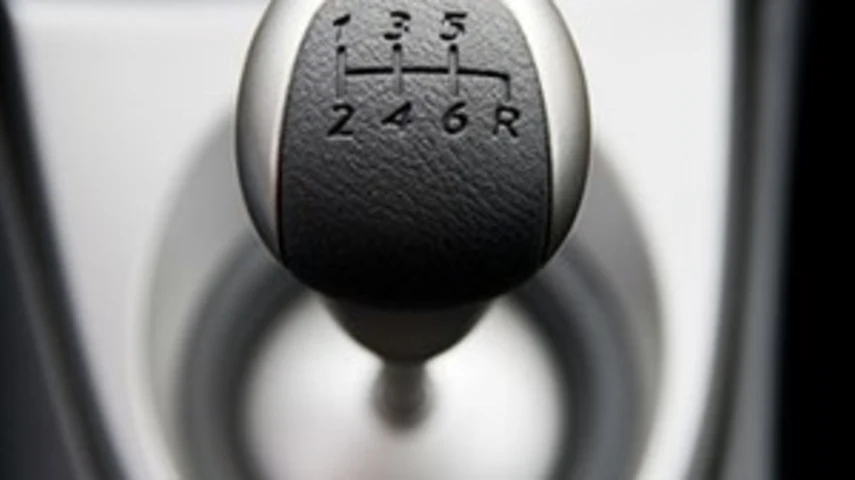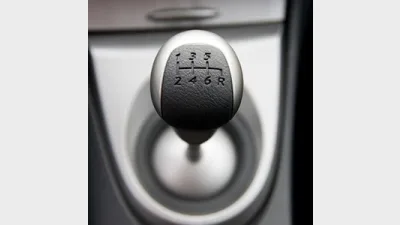Lenders losing out on reverse mortgage opportunities



The reverse mortgage sector has flourished in the last year, but customers are still being limited by a dwindling number of providers, a Deloitte snapshot shows.
Despite year-on-year growth of 7 per cent, the $3.5 billion market has significant room for improvement given Australia’s ageing population, according to Deloitte’s financial services partner James Hickey.
Currently there are less than five active lenders offering reverse mortgages, compared to around 15 in the pre-GFC era, the survey showed.
Hickey said banks should seriously consider capitalising on the expected boom in demand from retirees.
He said the key reason for the reduction in lenders was the inability of non-bank lenders to find funding.
The survey showed there were 42,000 senior Australian households with reverse mortgages, 88 per cent of which were variable rate loans.
“Contrary to perception, we are seeing a significant interest in the product from active retirees aged in their 60s and 70s,” Hickey said.
“These are senior Australians who want to travel and renovate their homes, as well as settle their debts and enjoy their new-found freedom without having to significantly tap into their superannuation or downsize their homes,” he added.
Recommended for you
LGT Wealth Management is maintaining a neutral stance on US equities going into 2026 as it is worried whether the hype around AI euphoria will continue.
Tyndall Asset Management is to close down the Tyndall brand and launch a newly-branded affiliate following a “material change” to its client base.
First Sentier has launched its second active ETF, offering advisers an ETF version of its Ex-20 Australian Share strategy.
BlackRock has revealed that its iShares bitcoin ETF suite has now become the firm’s most profitable product line following the launch of its Australian bitcoin ETF last month.











